How to list your internship on your CV
An internship can be a great way to get you into the job market. Cheque out our tips to see what you need to know about listing your internship on your CV.
An internship can be a great way to get you into the job market. Cheque out our tips to see what you need to know about listing your internship on your CV.
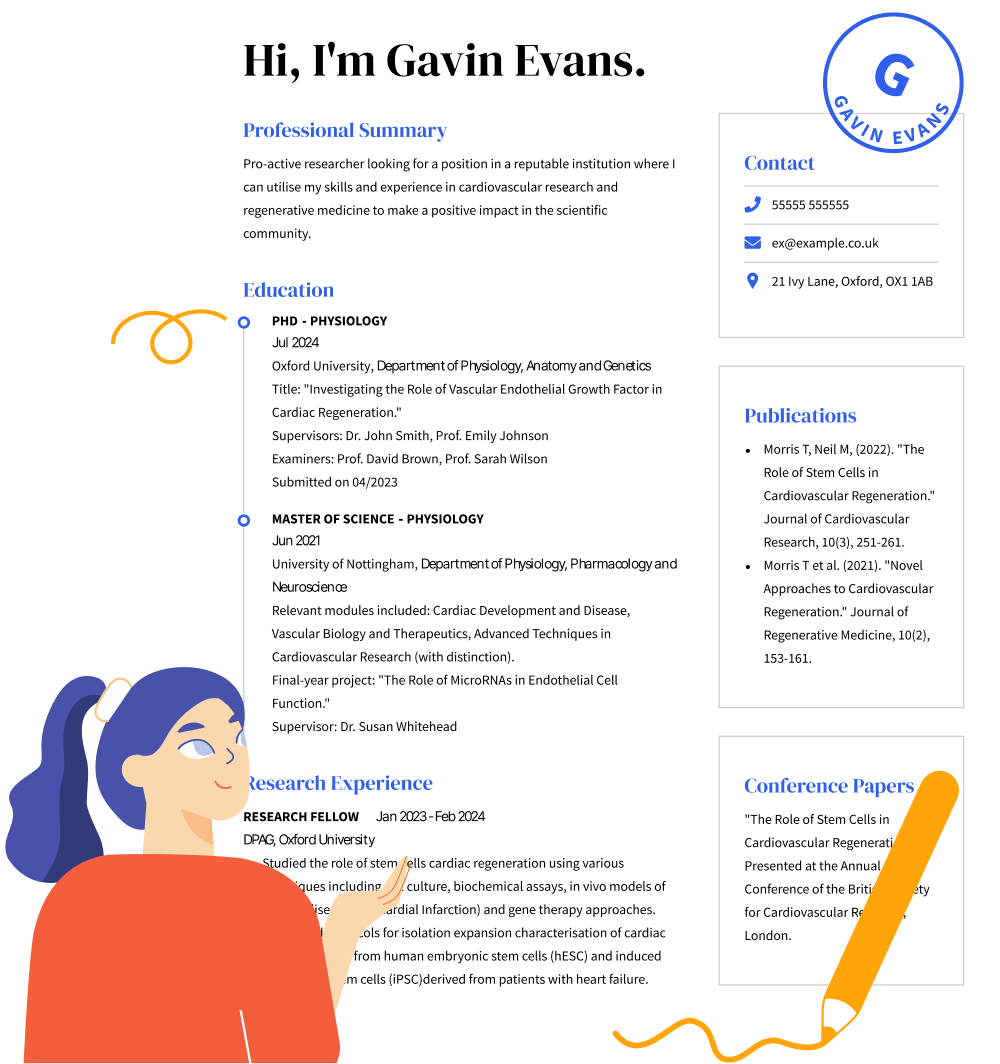
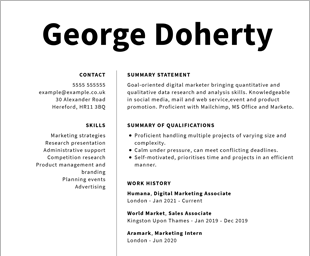
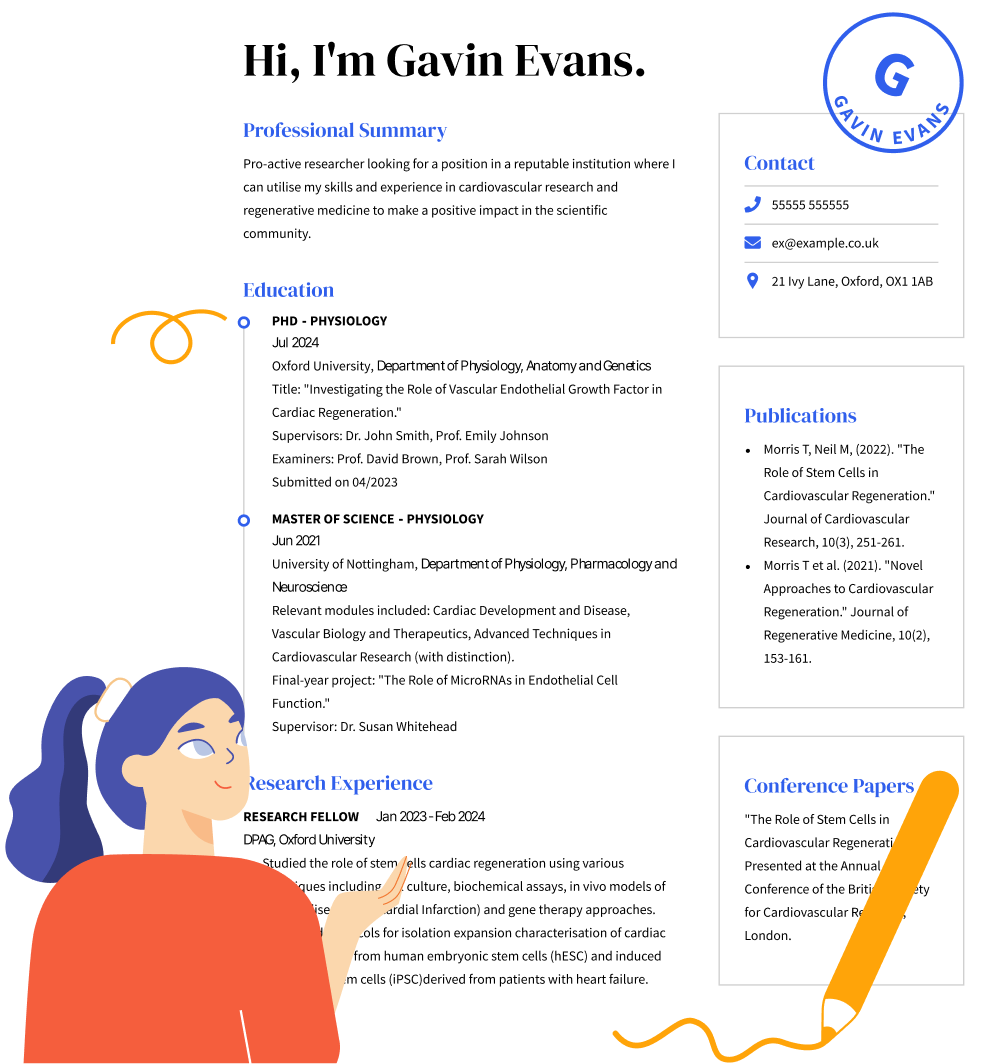
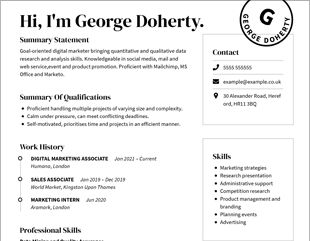
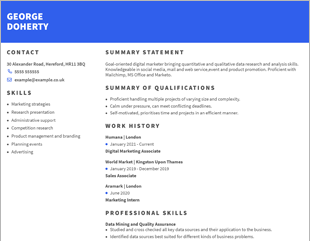
OUR USERS HAVE BEEN HIRED BY
Because the job market has become so competitive in recent years, valuable internship experiences can be crucial to capturing interest from high-value employers. If you have internship experience that is relevant to the job you are applying for, listing it in your CV can make the difference when it comes to catching the eye of hiring managers in your chosen field. Understanding the impact of internships in your CV depends on the amount of previous work experience you have.
If you have no paid work experience in your desired field or role, having an internship under your belt can be a huge plus. This is especially the case if the skills you learned during your internship match the skills listed in the job description. In this case, you should include your internship on your CV. This can make it easier to get an entry-level position in your chosen field.
Likewise, if you have some paid work experience, your internship can be an important supplement to your CV. In this case, you could place your internship history in your CV or even mention it in your cover letter.
When you already have significant work experience in a relevant role, there is no need to include your internship in your CV unless it somehow adds to your work experience. For example, if you have a lot of work experience in a somewhat similar role to the one you are applying for but your internship experience is more applicable, it can be beneficial to mention it.
Experience is crucial in determining whether or not internships should be included on your CV. Consider your work history and years of experience in order to determine whether the inclusion of an internship will be beneficial. If you determine that including your internship would be helpful, you should take care to list it properly.
Where your internships are placed in your CV can vary; not all CV templates have an easily identifiable place for internship experience, after all. Where your internship experience should be placed depends on your CV format.
If you’re using a functional, or skills-based CV format, it’s good to create a separate section for your internships. Unlike your employment record, you should limit the internships you include to a cumulative total of 3 years unless you lack paid work experience. If you have undertaken several short internships, you should include one or two positions according to their relevance. Using bullet points in a functional CV can help you to fit in more information while retaining a tidy and easy-to-read appearance.
In a chronological CV format, include important internships in your work experience section. Remember, you should place your most recent job title and professional experience at the top of the CV. This ensures that recruiters see your current work history first before moving on to look at the positions you have previously held.
A combination CV takes the major components of the other two formats and combines them into one. If you are using this format, you should include internships in the work history section, but only if they are more relevant to the job than any paid employment you have undertaken.
Whether you have a wealth of work experience or you are a recent graduate, creating a professional CV is easier when you use CVHelp’s CV builder. You can also consider CV examples to inspire you.
When you include internship CV information, no matter where it is, there are some key facts about the position you should include. Whether you held a summer internship or a long-term full-time internship that resulted in certifications, you must include the duties you handled, and who you worked for. Here’s what you should include:
Try to be more specific than “intern.” Ask for a formal title from your direct supervisor if you can. If you can’t cheque social media sites like LinkedIn for internship advertisements that match the description of your internship. For example, you might list a title like Marketing Intern or Social Media Marketing Intern. The more specific you can be, the better.
Give the company/organization name and the department in which you were placed.
List your responsibilities and duties in your internship position just as you would for traditional work experience in your work history section. Remember to use action verbs rather than passive language (e.g., “achieved” or “managed” rather than “responsible for”). Make a point of noting relevant soft skills and hard skills.
If your internship or volunteer work experience resulted in any certifications, awards or notable achievements, be sure to highlight them.
Remember, any activity that helps you develop relevant skills can be used on your CV. However, non-professional experience shouldn’t be mentioned if you have professional work experience that covers the same areas.
Unless your internship was at a prestigious company like Apple or Google, you should minimize and eventually stop listing your internships after two to five years of paid work experience. Professional experience is preferable to internship experience in most cases, so when you’ve been in paid employment for a significant amount of time, you should give this experience preference.
When writing a CV, it is standard to include up to the last ten years of work experience, so it’s fair game to list any internships from that period, as long as they showcase important skills or experiences that aren’t covered by your professional experiences.
Yes. You can list any relevant work in your CV, even if it is unpaid. The only requirement is that the experience is relevant to the job you are applying to.
We personalize your experience.
We use cookies in our website to ensure we give you the best experience, get to know our users and deliver better marketing. For this purpose, we may share the information collected with third parties. By clicking “Allow cookies” you give us your consent to use all cookies. If you prefer to manage your cookies click on the “Manage cookies” link below.